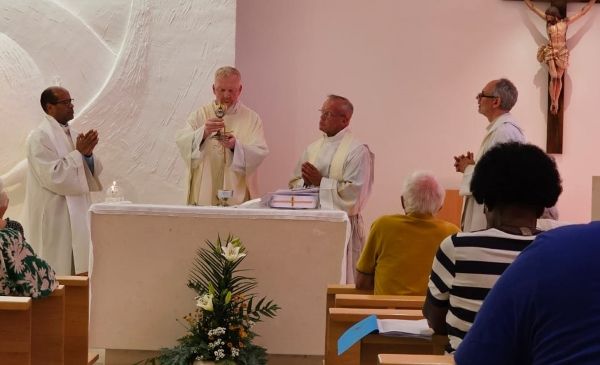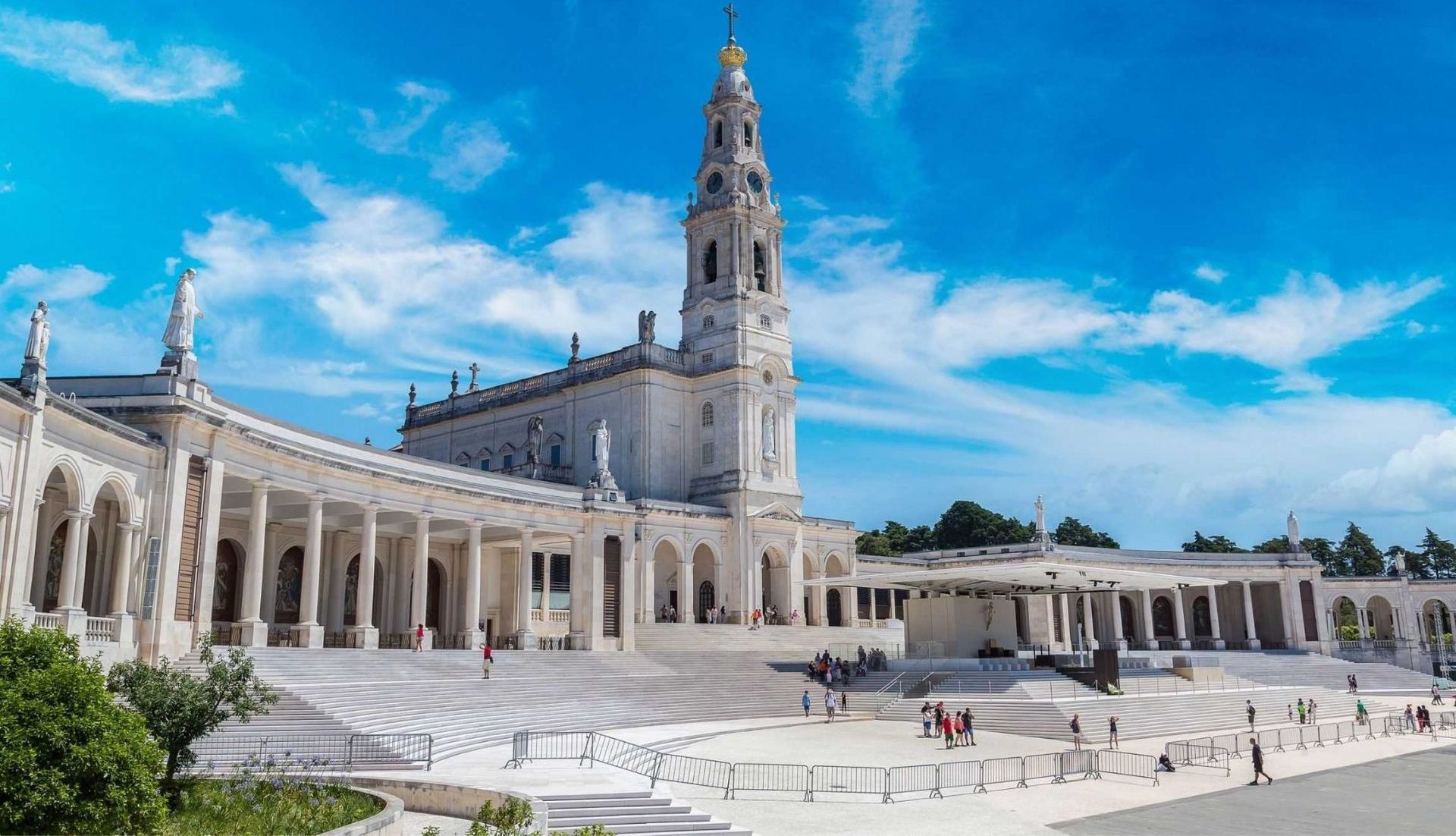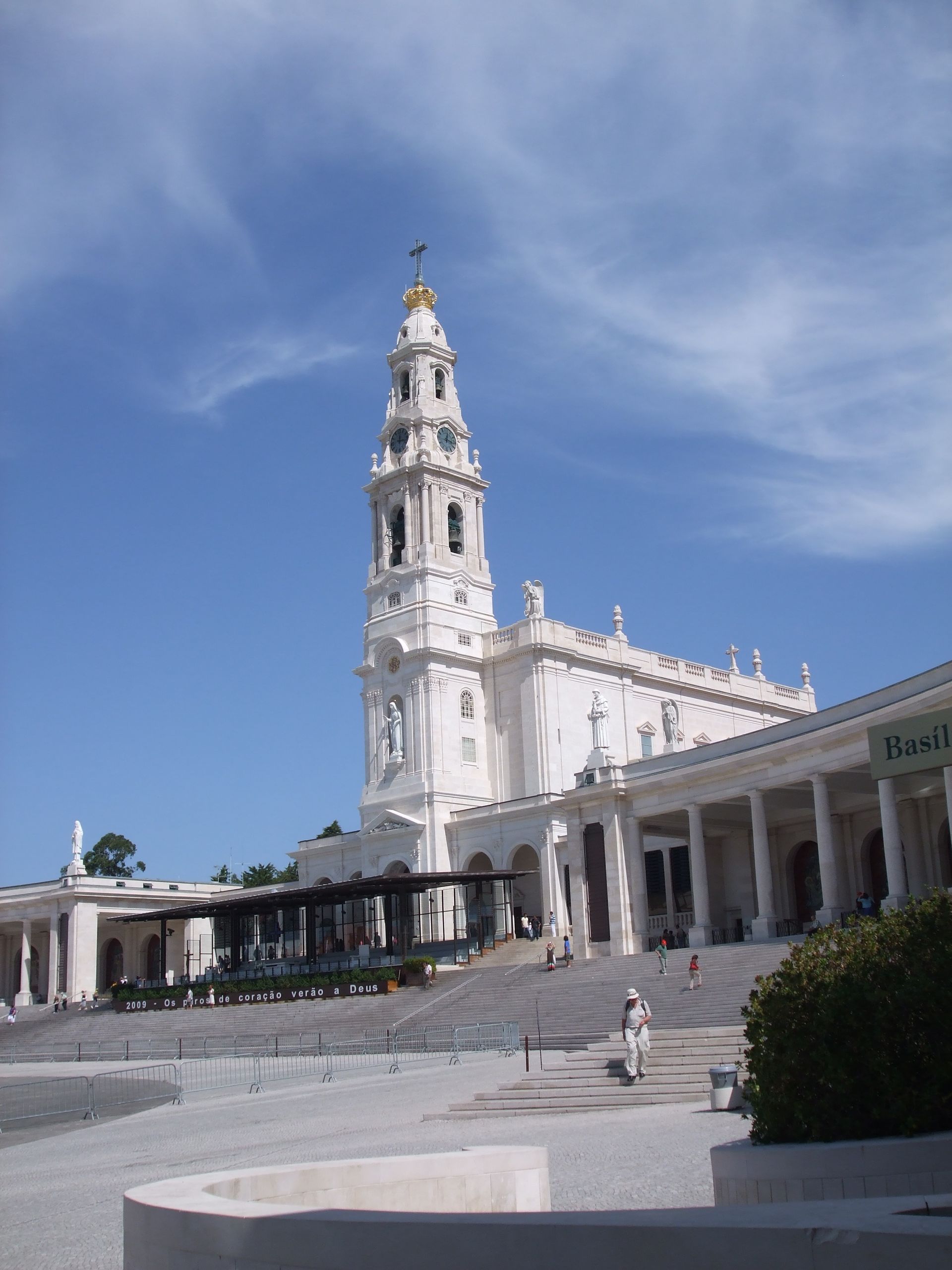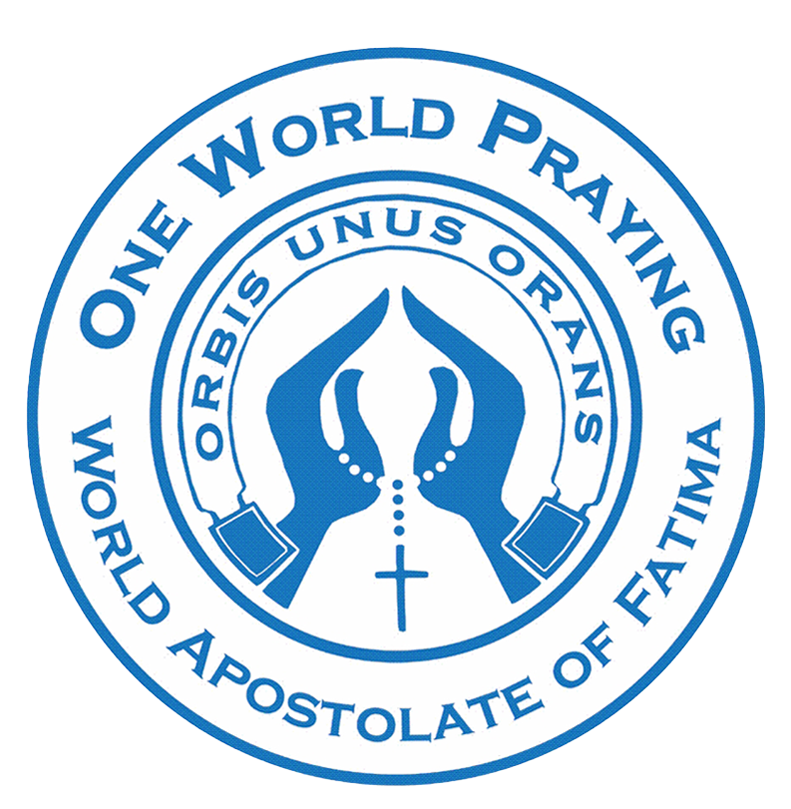Consecration to the Holy Family
By Rev Fr Ghebreyesus Woldekidan, the Parish Priest of St Augustine of Canterbury, Harehills, Leeds.
Some people consider Fatima and Lourdes only as historic sites. They are not. They are daily places of devotion and conversion. Millions of people from different nations and denominations visit these Holy places as pilgrims. They receive many graces and return to their homes healed.
This is in brief what I received in Fatima last July.
My Parishioners have invited me three times since I joined the parish. Each time I declined or made a poor excuse. However, during Easter 2024 a devoted anonymous family brought a Statue of Our Lady of Fatima to my presbytery and gave it to me and said, "Father G this is for you."
It is a big statue, maybe 70-80 inches high. When I saw this Holy Statue I cried, saying, “My Heavenly Mother instead of visiting you in Portugal you have visited me in Leeds.”
I brought the statue of Our Lady of Fatima into every room of the presbytery and into our Church St. Augustine of Canterbury and bowed and asked for her blessing and protection. In brief, this statue pushed me to come to Fatima in Portugal as a pilgrim in July 2024.
On the night of the 9th of July when we were due to leave, my group asked me to be ready for 5 am as we needed to arrive at 6 am at Manchester Airport.
That night was a nightmare as I did not sleep and was feeling quite unwell. I was feeling down and I had thoughts of cancelling my pilgrimage. God is GOOD and wanted me to have this new experience and blessing.

It was God’s will that my pain went and that I was restored with new energy and strength. I felt fit and ready by the time it came to leave the presbytery.
The pilgrims that I travelled with to Our Lady of Fatima in Portugal were prepared and organised by the World Apostolate of Fatima England and Wales.
All in all, there were 41 pilgrims. We all came from different backgrounds, and we were so blessed as we had Fr Jason as our chaplain for the pilgrimage. There were 4 clergy in all, two from London, Fr Richard Nesbitt and Fr John McKenna, myself and Fr Jason from Wales.
When we arrived at Lisbon Airport, the weather as you can imagine, was very hot. We waited for all the pilgrims to assemble from their different flights, and then we started our pilgrimage with joy and enthusiasm.
When I arrived, I personally found Fatima to be a very spiritual place built on Holy Ground, and obviously highly respected and popular, with a well-organised programme.
Every Morning I went walking or jogging before everyone woke up. On my return, I passed by Our Lady’s Apparition Site and drank from the miraculous Holy Water of Fatima which is incredible and I believe helped with my health situation.
The Fatima Sanctuary is wonderfully prepared to support each and every pilgrim to grow spiritually and benefit from the graces of Fatima. The Basilica of the Holy Rosary, the Chapel of the Apparitions, where every night we had a Rosary procession, the Holy Trinity church; the underground chapel of Silent Adoration, the confessionals, the Rosary Museum – these are just a few of the many places we visited. For me they were all very uplifting and places of grace and blessing.
The International Mass, which is held in front of the Basilica on Sundays and on the feast days of Our Lady of Fatima, gave me a special opportunity to read the Bible in English. On that day, I did not announce to the other 41 pilgrims of our group that I was going to read the Gospel. The Sanctuary area is big and open; I did not really know where my group were; I just knew that I was reading officially in English the Gospel of the day.
The microphone had an incredibly high volume. I started to read, and one member of our group told me later; “I was tired during the prayers and hymns in Portuguese which were a bit difficult to understand, and I felt like sleeping … When I heard your voice, I thought, oh this is Fr G!”
So she roused herself and joyfully listened to the Gospel of the day praising God as we had a priest from our group reading in a language, she could understand.
The other incredible situation I experienced was through a family from the Philippines. I do not remember his name now exactly as I am terrible at remembering names. I think his nickname was Totto. Incredibly he invited us for lunch almost every day. He is retired and lives in Fatima. He wishes to spend the rest of his life near to our Lady. What an amazing and devoted decision. It is a beautiful thing to come from another part of the world and buy a house and live there for the rest of your life in Fatima. A wonderful decision.
All in all, for me it was a great blessing to be in Fatima. It touched my whole life. Her, Yes, her Fiat, is the call for everyone, particularly for us clergy; she was given to us on the cross through St John. The Pilgrimage increased my personal devotion and makes me want to be nearer to Our Lady for the rest of my life. Let us follow in the footsteps of Our Lady. Her Yes, her humbleness, her faithfulness, and devotion to her immaculate Heart to inspire us every moment of every day.
My advice to each member of the clergy is, talk to God frankly, as Mary did. Do not be afraid. It is okay to tell him your fears and concerns. It's okay to admit doubts and confusion. Let him relieve your anxieties about the impossible. Give him the chance to dispel any unbelief in his power—and his desire—to take care of you. Make time for him to grant you wisdom and understanding for the difficult situations. You just may be surprised by what happens!
Then, like Mary, humbly place yourself at God’s disposal. Do it especially when you have nothing available for the situation. Give God room to be God, the all-powerful, all-knowing, all-loving Father of—you!
St. Leo the Great once wrote: "Majesty humbled itself, power became weak, and eternity mortal."
A man, Jesus, died because he was a man, but was free of death because he is God. The incomprehensible became comprehended; the eternal became finite; the Lord of the universe became servant to all creation.
If God could manage that, he can handle the stuff in our lives!
In brief, two words sum up Fatima for me. It is a place of PEACE, and HEALING for our souls. May God Bless you all with the intercession of Mary the Mother of God, Our Saviour bless us all.
Our Lady of Fatima: Pray for Us
Saints Jacinta and Francisco: Pray for us
Blessed Lucia: Pray for us.




